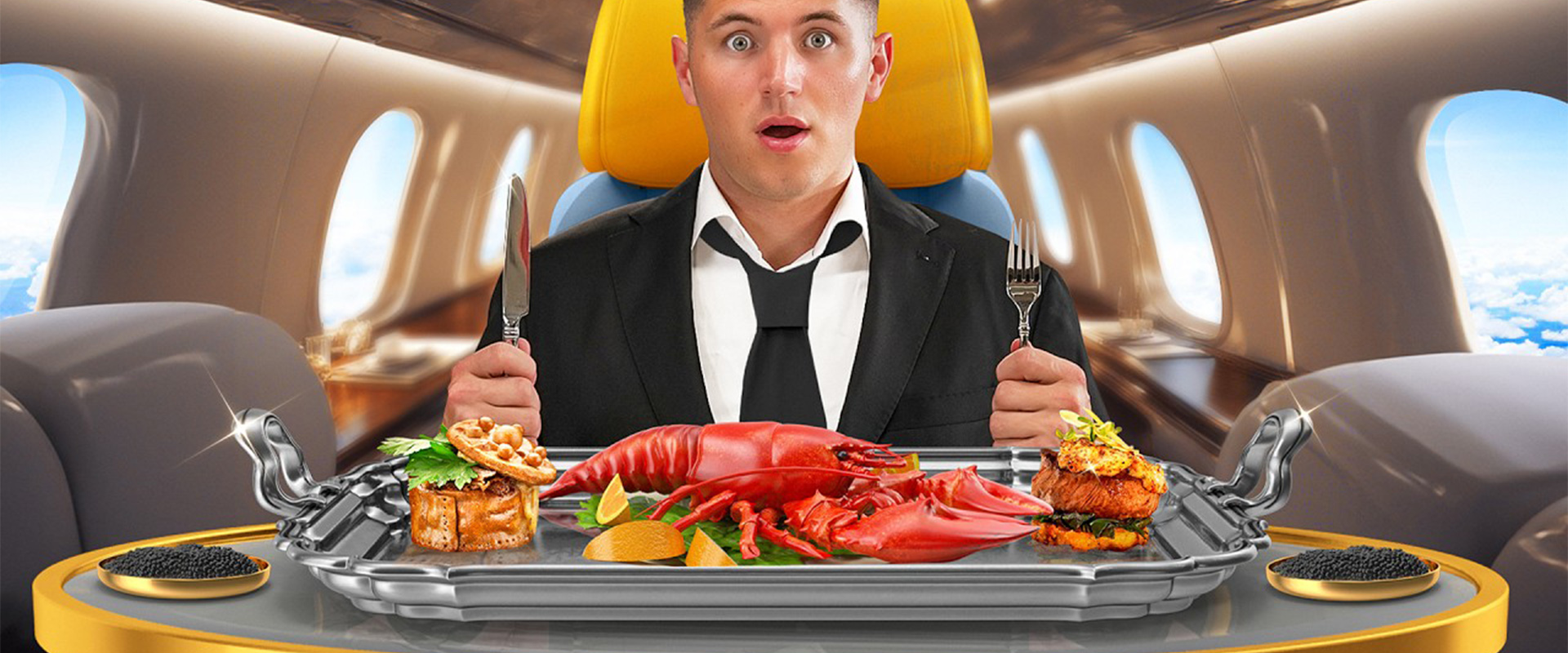How Such Small Tires Can Land a Huge Plane
Airplanes are mysterious things: unimaginably heavy metal giants soaring through the sky, jam-packed not only with people but also all kinds of electronic gizmos. But look at the airplane s tires compared to the plane’s body – they re tiny! How can they withstand all that weight and speed? Let s check out what s happening when a plane is preparing to land on the runway. All 300 tons of your airplane touch the ground while still going 170 mph. Imagine your typical 2-story house, fully furnished, dropping to the ground as fast as a flying arrow - that must be quite the impact! And still, those tiny little tires don’t pop under the tremendous pressure? Other videos you might like: Why No One Should Swap Seats on a Plane https://www.youtube.com/watch?v=tLvlmtSPGx4& Pilots Reveal 16 Nuances That Make Your Flight Safe https://www.youtube.com/watch?v=XVYXErxau-U& What Happens When a Bird Flies Into a Plane Engine https://www.youtube.com/watch?v=CozYL-_ttEc& TIMESTAMPS: Why pilots point the aircraft nose toward the sky before landing 1:17 What s inside airplane tires? 2:21 And what makes them so strong? 3:54 What happens when one of the tires fails 4:20 Why plane tires are so tiny and skinny 5:34 Hydroplaning 7:20 #planes #aviation #brightside SUMMARY: - Pilots must point the aircraft nose toward the sky just before landing so that they don’t stall the machine. - To make an airplane tire, producers use a mix of different kinds of synthetic rubber. It makes aircraft tires so strong that each of them can easily deal with a 38-ton load. - The gas that fills aircraft tires is nitrogen. It doesn t react with rubber, which makes it a much safer choice for airplanes. - The pressure in plane tires is 6 times bigger than the pressure in your car tires. It s 200 psi, and that s what you’d feel if you took a dive 450 ft underwater. - There can be plenty of wheels on large airplanes, like an Airbus A380 or Boeing 747. And if one of the tires fails, the plane will still land safely. - When a plane touches the ground, its tires aren t rolling at first - they re just skidding. In other words, the plane is dragging them along the runway until it slows down enough for the wheels to be able to rotate. - Larger tires would be pointless since they wouldn t make landing more effective or safer. - After plane tires are produced, they always get tested. Manufacturers create computer simulations that check how tires will behave if they re pushed past their speed limit or get overloaded. - And still, airplane tires aren t entirely safe from bursting. Accidents did happen in the past, and planes did skid off runways because of one of the tires exploding mid-landing. - Hydroplaning is a situation that occurs when the runway is covered with a layer of water preventing a landing plane from braking and stopping in time. - The aircraft just keeps skidding forward, unable to find traction. - That’s why some airports have grooves on the runway. Water flows into these grooves, making the surface not so slippery and dropping the chances of hydroplaning. Music by Epidemic Sound https://www.epidemicsound.com/ Subscribe to Bright Side : https://goo.gl/rQTJZz ---------------------------------------------------------------------------------------- Our Social Media: Facebook: https://www.facebook.com/brightside/ Instagram: https://www.instagram.com/brightgram/ 5-Minute Crafts Youtube: https://www.goo.gl/8JVmuC Stock materials (photos, footages and other): https://www.depositphotos.com https://www.shutterstock.com https://www.eastnews.ru ---------------------------------------------------------------------------------------- For more videos and articles visit: http://www.brightside.me/














![TIRES SLASHED?! - STUPID, CRAZY & ANGRY PEOPLE VS BIKERS 2020 - BIKERS IN TROUBLE [Ep.#943]](https://img.long.tv/short/2024/06/iC8KSUTHSlk.jpg)





